A single nest hides centuries of human remnants.
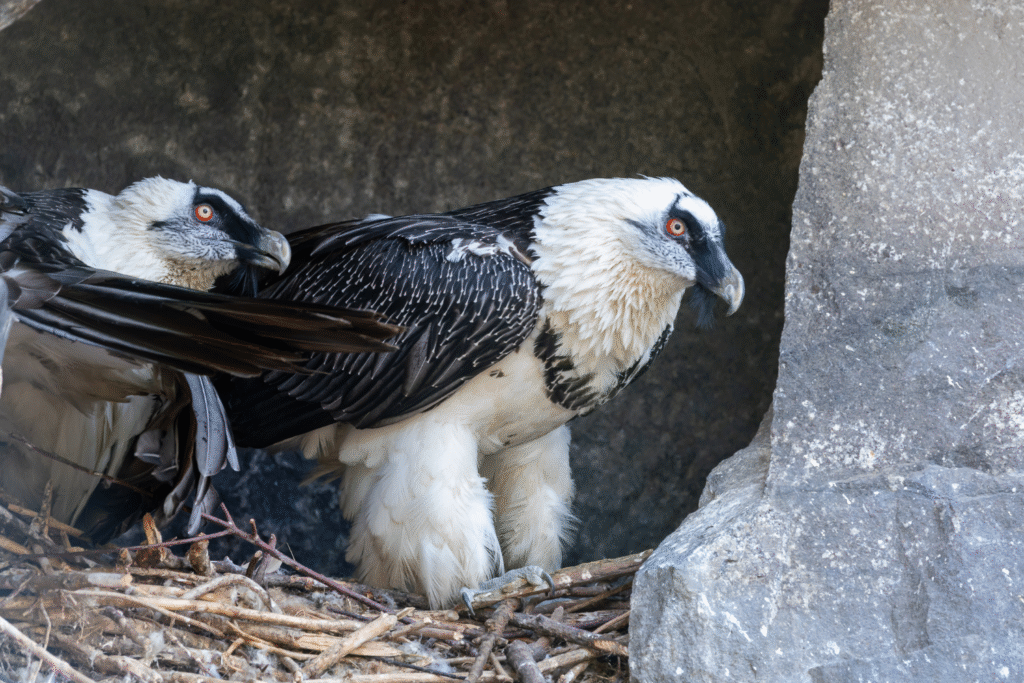
In the cliffs of southern Spain, scientists have unearthed a revelation: bearded vultures have been gathering human-made artifacts into the same cliff-nest for centuries. Some items—like woven shoes, leather fragments, and tools—date back 600 to 700 years, preserved by the dry, sheltered cave environment. The discovery reframes how we think about bird behavior, archaeological time capsules, and the intertwining of nature and culture. Here are ten standout elements of this astonishing find.
1. The birds reused one nest site across generations.

These vultures didn’t switch homes; they returned to the same ledge repeatedly. Over time, the nesting site accrued layer upon layer of bones, twigs, and whatever they carried in—sometimes human-made objects. This multi-generational reuse means the nest functions like a natural stratigraphic record. Archaeologists treating the site like a layered dig can trace shifts in artifact types and ecological remains across centuries.
2. A woven grass sandal survived almost intact.
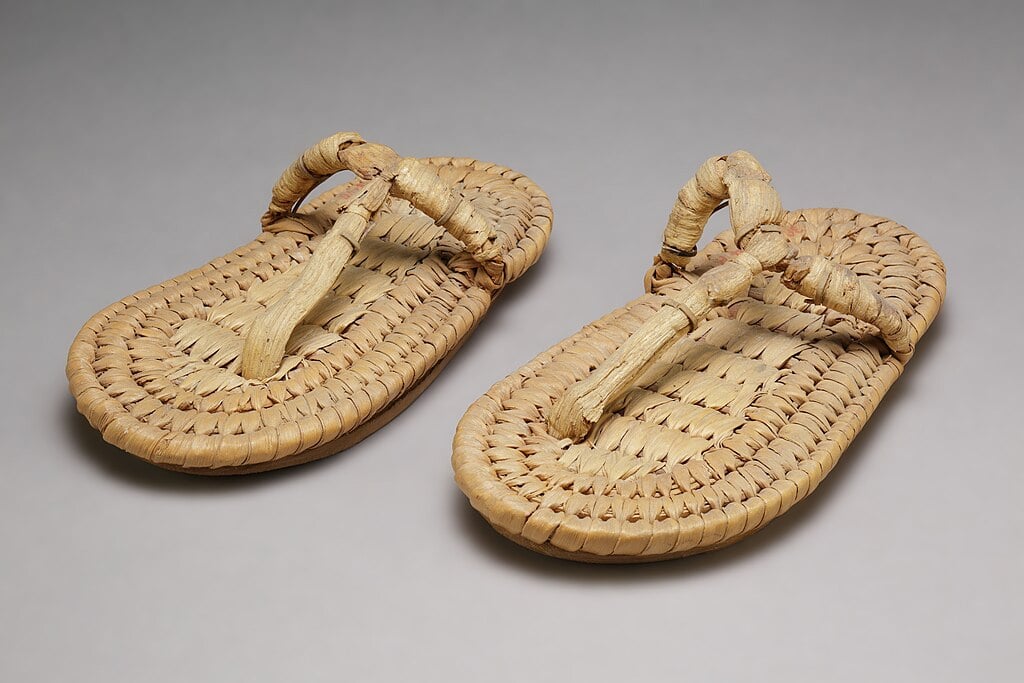
Inside one nest, researchers found a grass-woven shoe, remarkably preserved despite the passage of 700 years. Carbon dating places it in the medieval period, and its state of preservation owes to the dry, stable microclimate of the rock shelter. That kind of longevity for organic material is rare outside peat bogs or sealed crypts—yet here it sat, tucked among bones and nesting debris, a silent witness to centuries of activity.
3. Over two hundred human artifacts were documented.
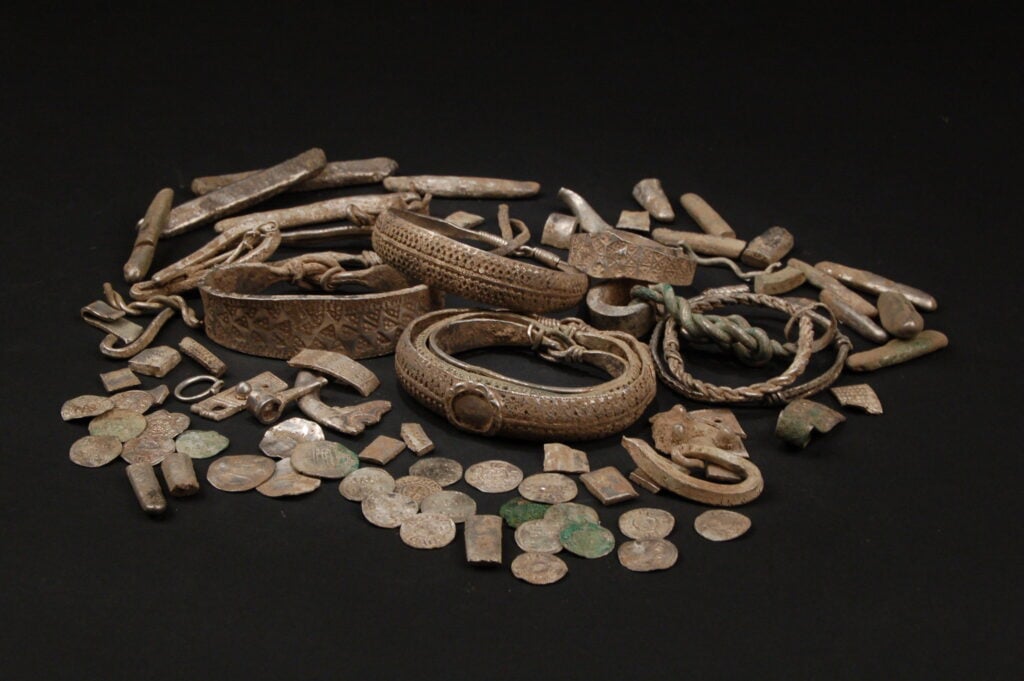
The team cataloged 226 objects that showed signs of human manufacture or alteration, from leather scraps to woven fragments and weapon parts. Bones and natural nesting materials made up the bulk, but the presence of human items is the real intrigue, according to the study’s authors. These items offer a direct connection between local human communities and the vultures’ nesting habits.
4. Leather pieces show painted red ochre decoration.
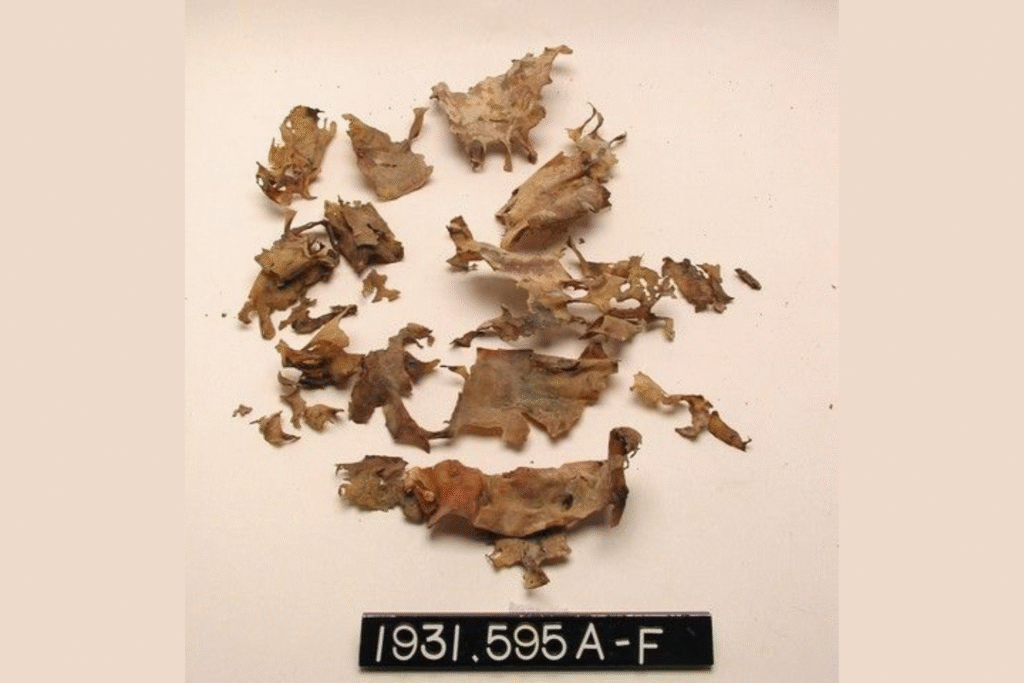
Among the items was sheep leather with red ochre lines painted on it. That decoration implies symbolic or aesthetic use—not just utilitarian. The leather fragment dates to roughly the same era as the shoe, pointing to a broad set of human cultural practices entering the ecological record. This artifact hints at the daily lives of people who once lived near those cliffs.
5. Tools and weapon fragments were incorporated into nest layers.
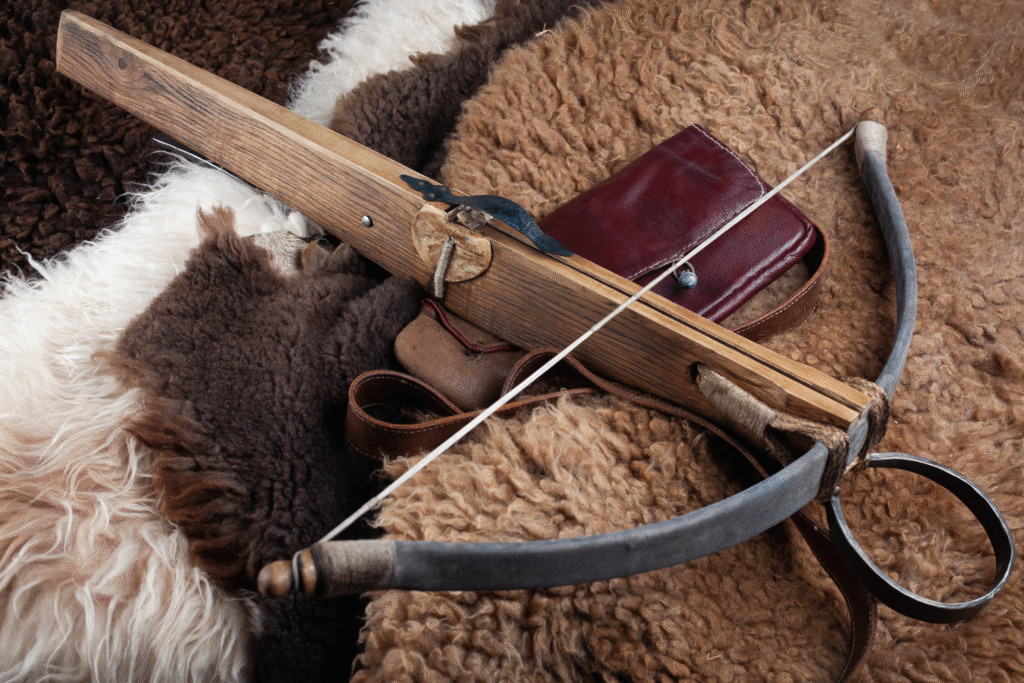
Items such as a wooden lance, crossbow bolt, and slingshot parts were embedded within nest materials. Some might have been scavenged inadvertently attached to carcasses, others could have been carried intentionally. Their presence among nesting debris blurs the boundary between natural and cultural refuse. It also suggests vultures sometimes function as accidental hoarders of human detritus.
6. Cave microclimate preserved fragile materials.

The use of cliff caves or sheltered rock shelters created stable humidity and temperature conditions. Those conditions prevented decomposition and insect damage, enabling delicate fabrics and plant fibers to survive. Without that protective geometry, many of the organic relics would have decayed long ago. In effect, the nest acted as a natural conservation chamber.
7. Bone remains help reconstruct diet over centuries.
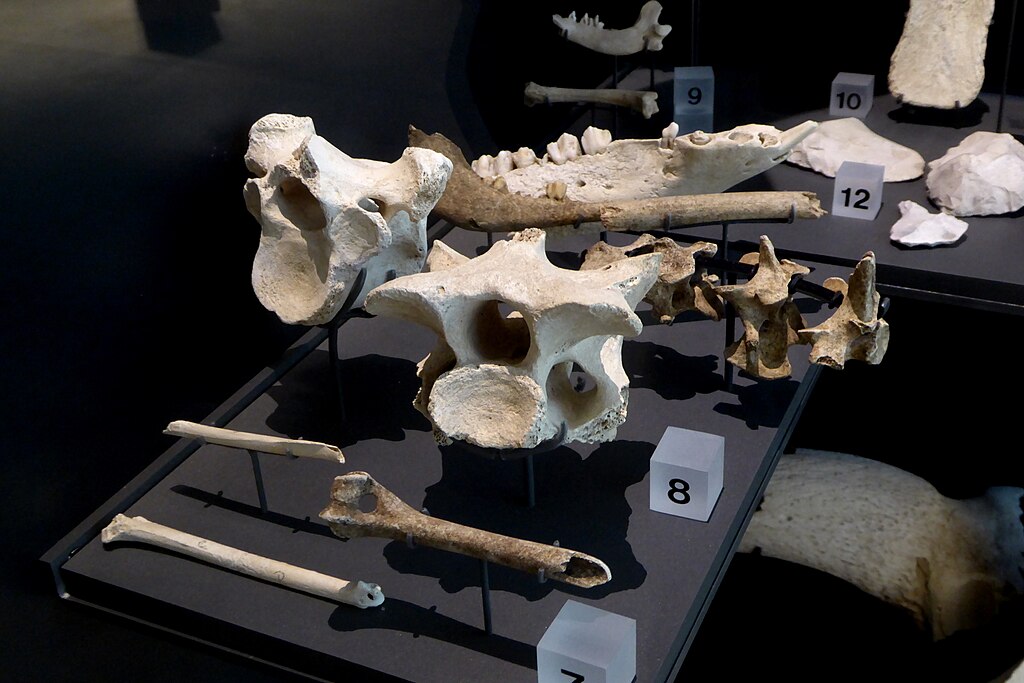
Thousands of bones—2,117 in one sample—were found interspersed with human artifacts. By identifying species and age, researchers can map how the vultures’ diet shifted over time. That ecological baseline runs parallel to the human artifact record, creating a dual narrative of nature and culture. The bones also help date different nest layers.
8. Nests act like wildlife archives and cultural time capsules.
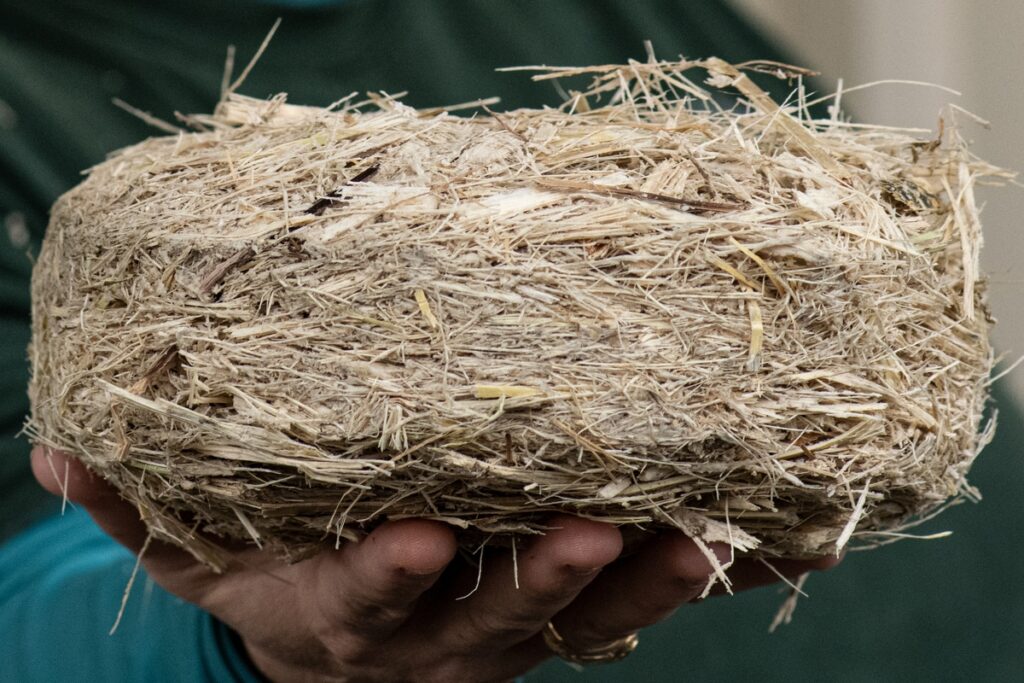
Because the same nest accumulated materials for centuries, it holds simultaneous records of environmental change and human activity. The artifacts document artisan techniques, tool use, clothing fragments. The natural debris records climate, faunal shifts, and species presence. Together, they offer a rare intersection of anthropology and ecology.
9. The behavior reframes bird-nesting ecology.
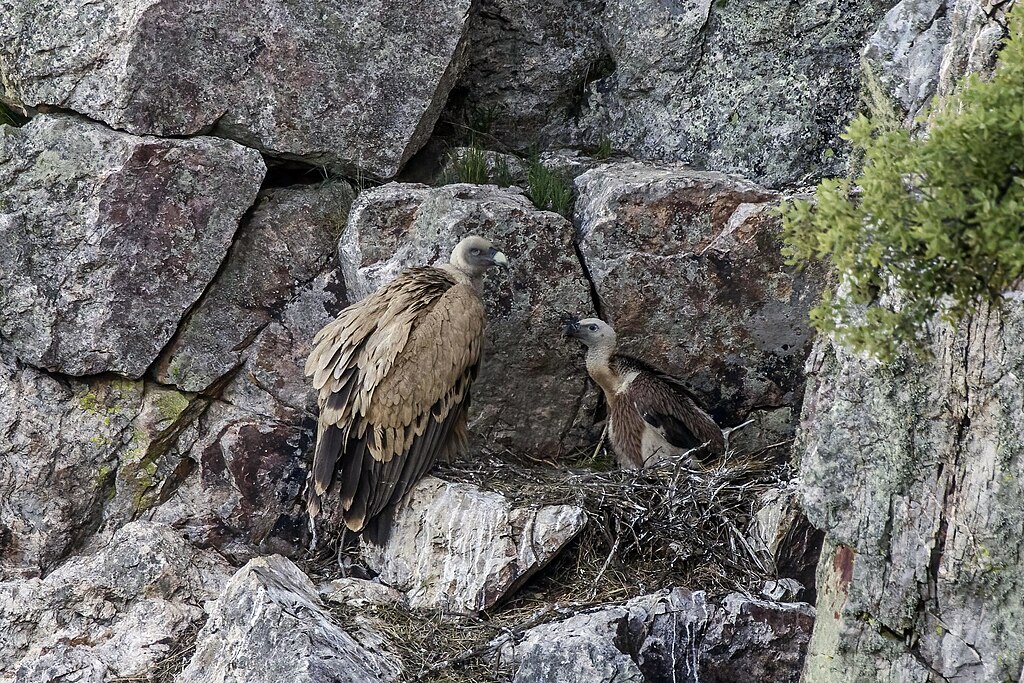
This discovery challenges how we view nesting behavior in large scavengers. Rather than simple debris use, these vultures became inadvertent custodians of cultural remains. Their choice to reuse and maintain a nest stabilized those deposits. That behavior opens a window into how long-term animal behavior can affect archaeological preservation.
10. The find prompts new directions for archaeology and conservation.

Now scientists are asking what other nests might harbor ancient relics. The dual roles of species conservation and heritage protection converge here: safeguarding these nests preserves both biodiversity and human history. Moving forward, collaborations between ornithologists and archaeologists may uncover hidden archives in plain sight—created by feathered curators.
